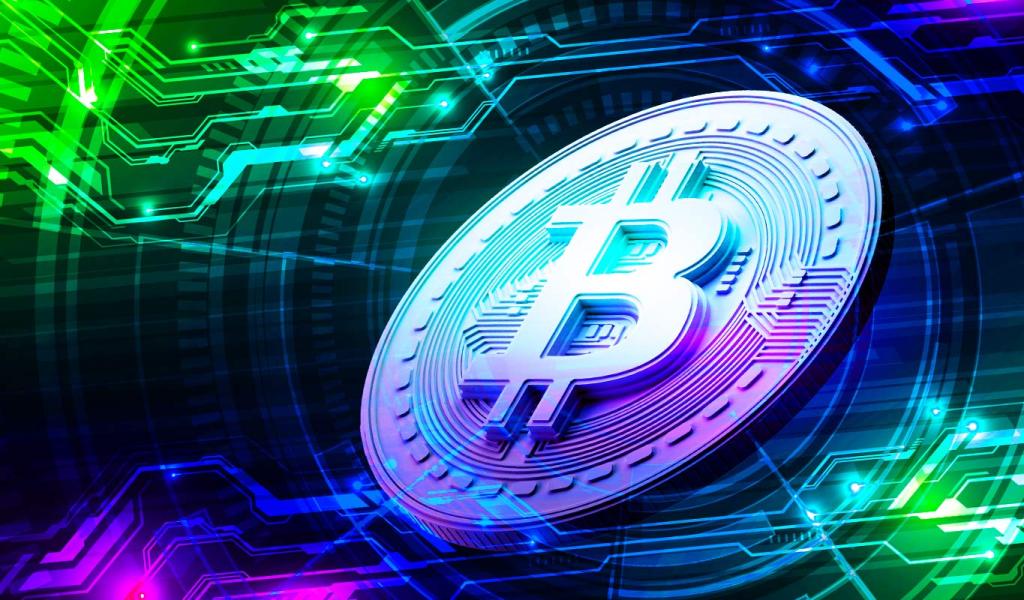
Korean exchanges will soon be required to list tokens based on the same guidelines to ensure compliance with local regulations, and make emergency decisions together to prevent another Terra fiasco.
Korea's leading exchanges have agreed to form a new emergency system that will spring into action within 24 hours should another Terra-style collapse threaten to come to pass.
Under the new system, exchanges will convene to respond to sudden adverse market effects, such as what happened with Terra in May.
The agreement came after five of the country’s largest crypto exchanges, Upbit, Bithumb, Coinone, Korbit, and Gopax attended a session at the National Assembly, South Korea’s legislature to address market fairness on June 13, according to a report from local news outlet Daily Sports.
Exchange leaders, members of National Assembly, and Financial Supervisory Services (FSS) Chairman Lee Bok-hyeon discussed aspects of a new code of conduct exchanges will voluntarily adhere to in order to protect investors.
The new code will also see the rollout of a warning system in September to signal investors of unusually high-risk virtual assets due to abnormal changes in price or other unusual activity.
In October, listing guidelines will be reviewed and a regular evaluation system will be put in place for all listed tokens.
In May, the collapse of the Terra ecosystem led to tens of billions of dollars in losses and a slew of legal troubles for the founder, Do Kwon, who was confirmed to have evaded about $40 million in taxes through Terraform Labs.
The code aims to systemize token listings and delistings to maximize regulatory compliance and eliminate differences in listing guidelines between each exchange.
Korean market lead from Ledger Jun Hyuk Ahn told Cointelegraph on Thursday that this new direction would bolster investor confidence in crypto exchanges that have been on shaky ground for years. He said “It’s too early to predict exactly what will happen, but it should bring more harmony to the market.”
“More transparency on listing and delisting processes will help bring back the trust from crypto traders that were lost through the Luna incident.”
Domestic exchanges have taken the brunt of the blame for letting investors trade LUNA as it crashed. The number of Korean LUNA holders grew by 180% between May 6 and May 18th from 100,000 to about 280,000. In that time, the Terra USD stablecoin had de-pegged and LUNA fell from over $60 to under $0.01. The new guidelines would aim to prevent exchanges from allowing investors to trade such highly volatile tokens by shutting down trading within 24 hours or delisting them entirely.
LUNA holders in Korea
— Jaemin Park (@jaemin_eth) May 24, 2022
Before the crash: 100k
After the crash: 280k
Koreans are just made different. pic.twitter.com/WltM1RTcny
On the other hand, a local report from News1 on Wednesday stated that exchanges could be losers in the long-run if the guidelines are established. The report opined that the stringent new listing guidelines would hamper the exchanges’ ability to generate revenue from altcoin listings.
“Domestic exchanges often secure profits by listing altcoins that are not listed by competitors because altcoin trading volumes are quite high.”
Korea's exchanges have been sharing the spotlight with the South Korean founder and CEO of Terraform Labs, Do Kwon. Kwon has been under investigation by the feared Financial and Securities Crime Investigation Team, otherwise known as the Grim Reapers of Yeoui-do, for alleged malfeasance and tax evasion.
Related: Appeals court rules Do Kwon, Terraform Labs must heed SEC subpoena served in September
On June 15, the Grim Reapers uncovered documents from the Seoul tax office which they claim confirm Kwon and Terralabs evaded about $40 million in corporate and income taxes in 2021 according to The JoongAng news outlet.
Kwon has denied the allegations of money laundering and tax evasion, including one claiming he has cashed out over $2.7 billion over the past three years from the Terra ecosystem. However, the SEC still wants to see Kwon at the US Court of Appeals on charges of selling unregistered securities through the Mirror Protocol.




